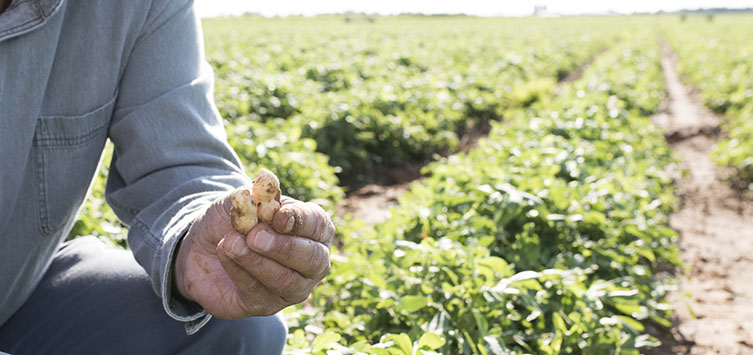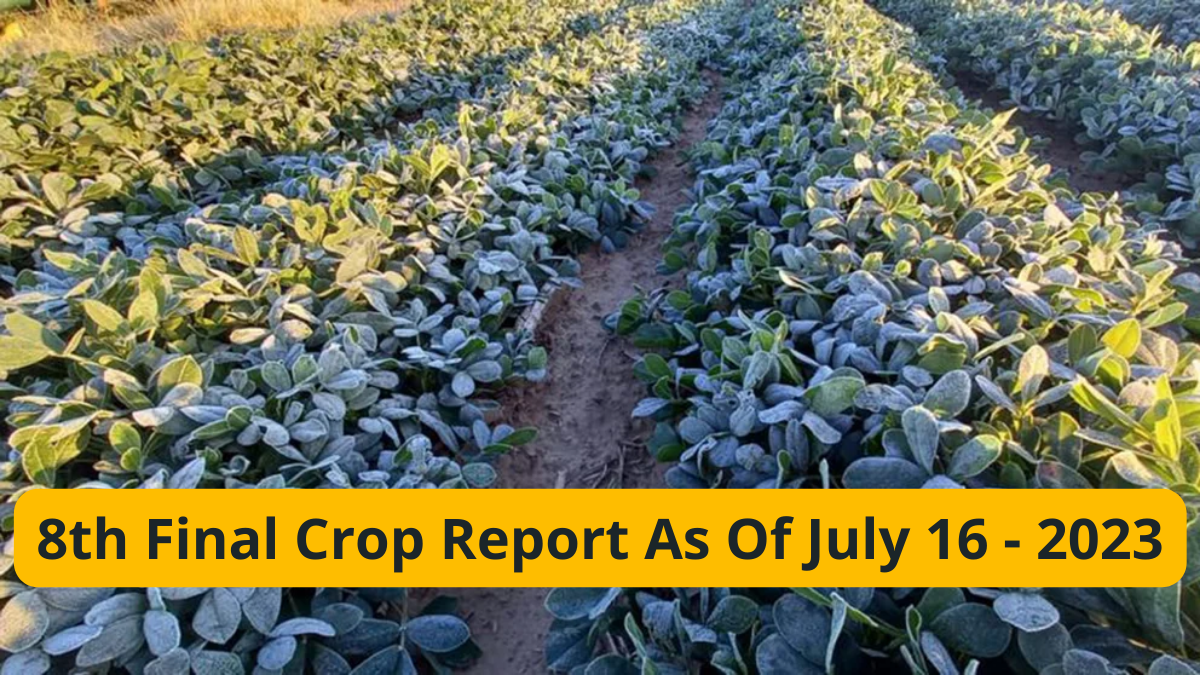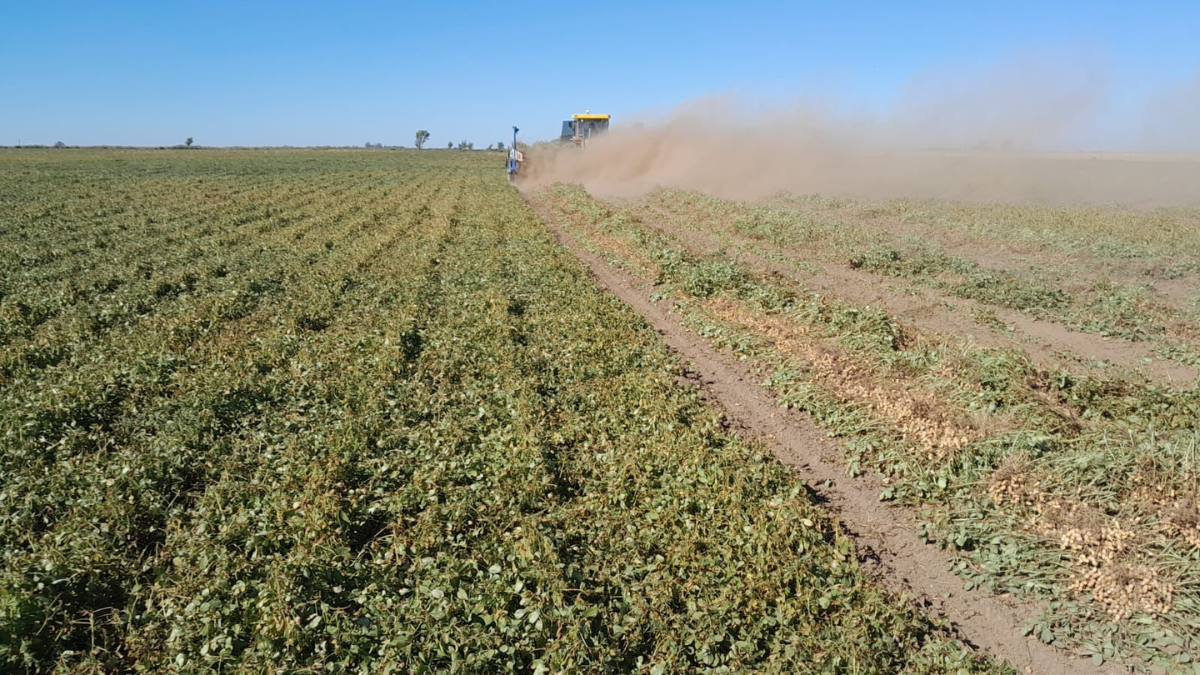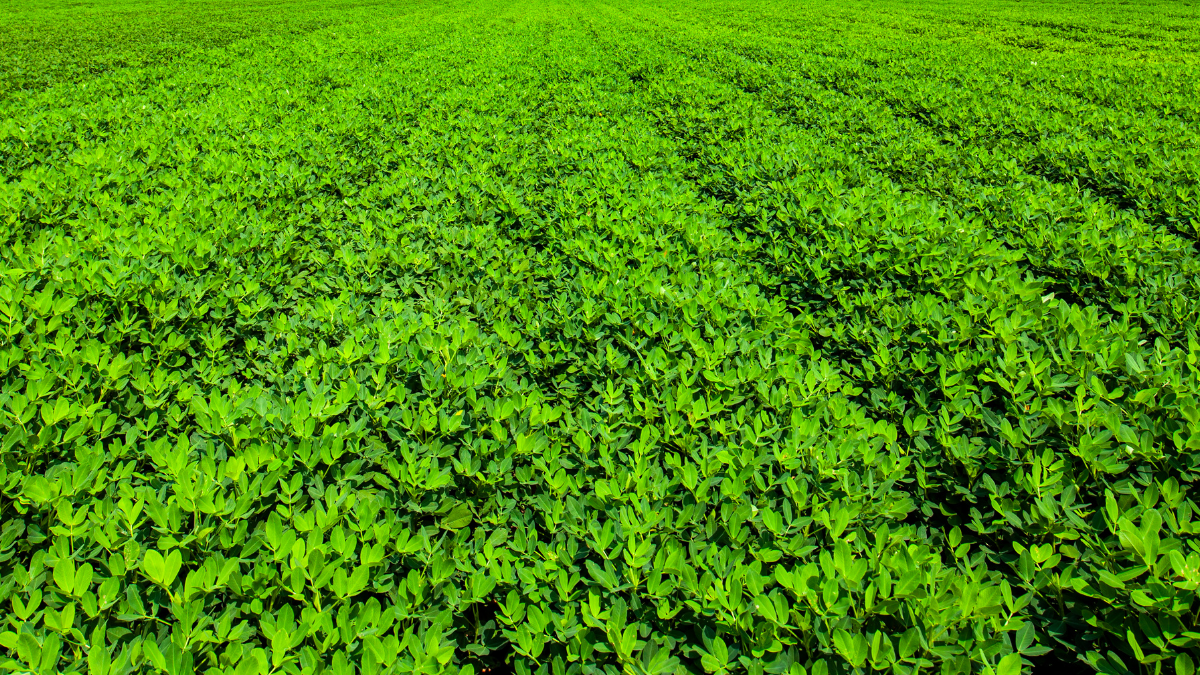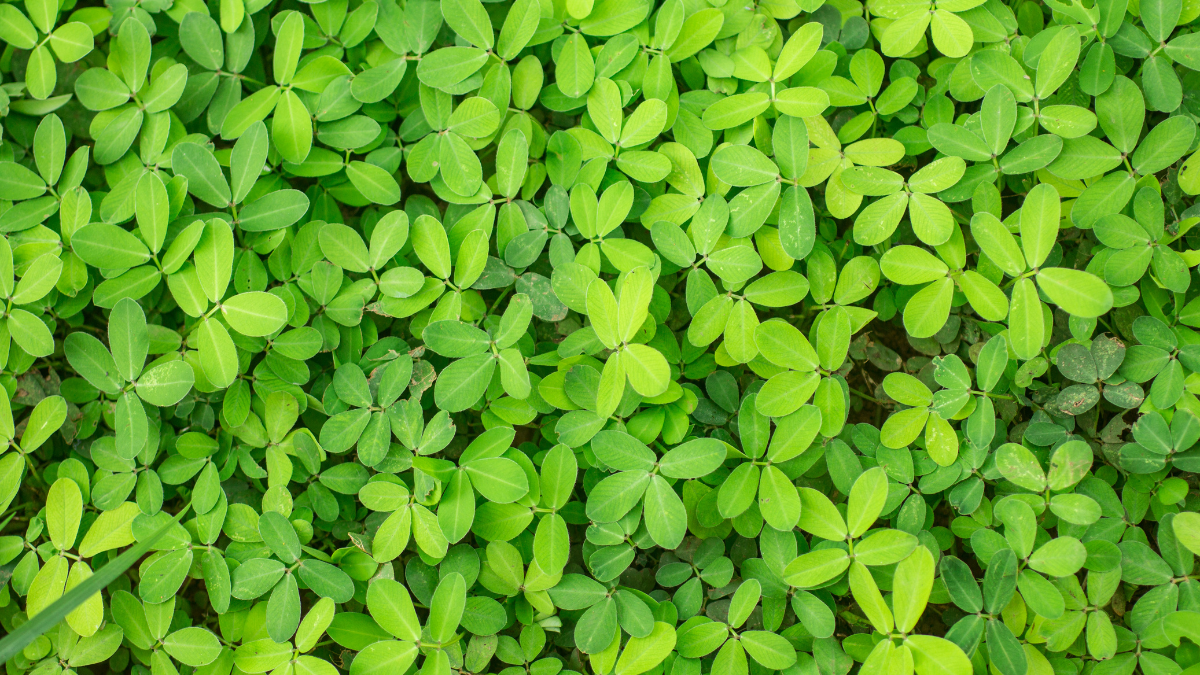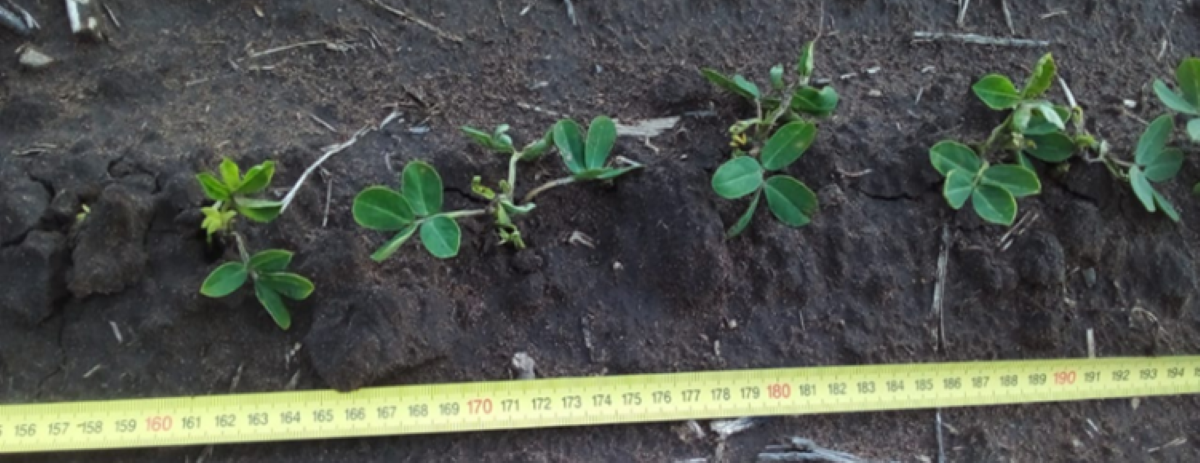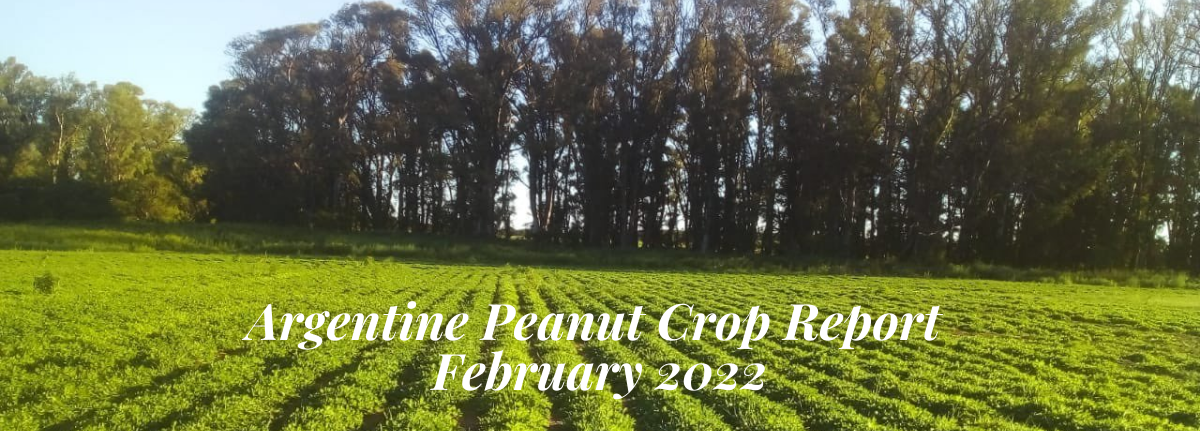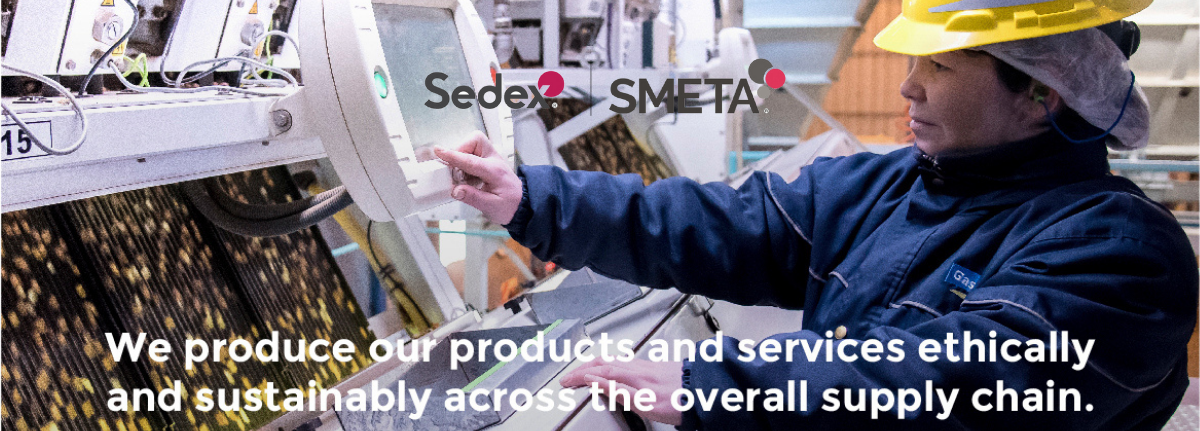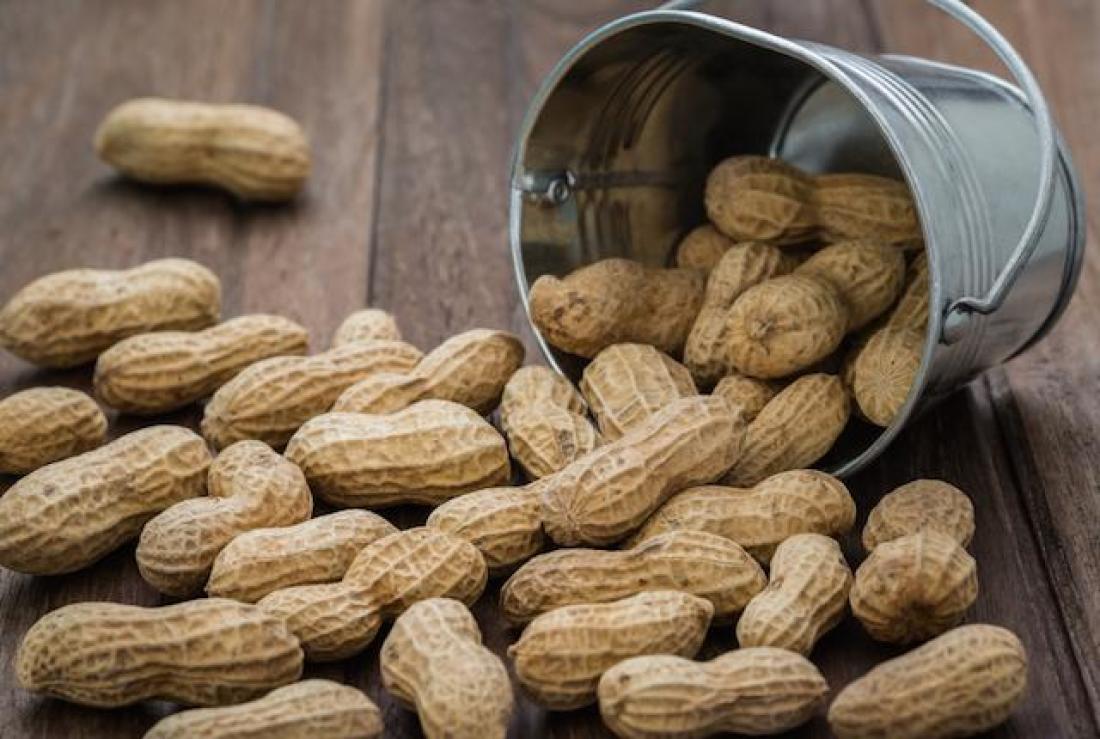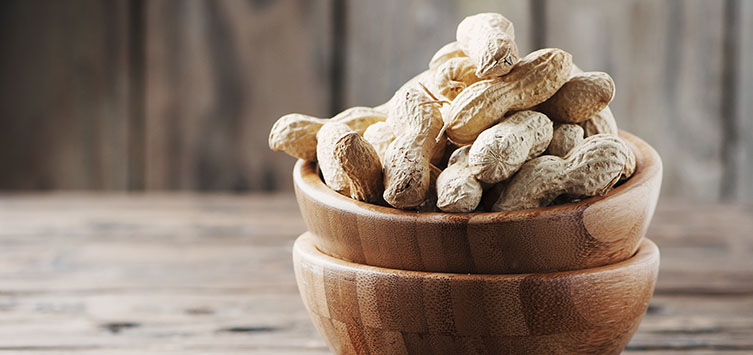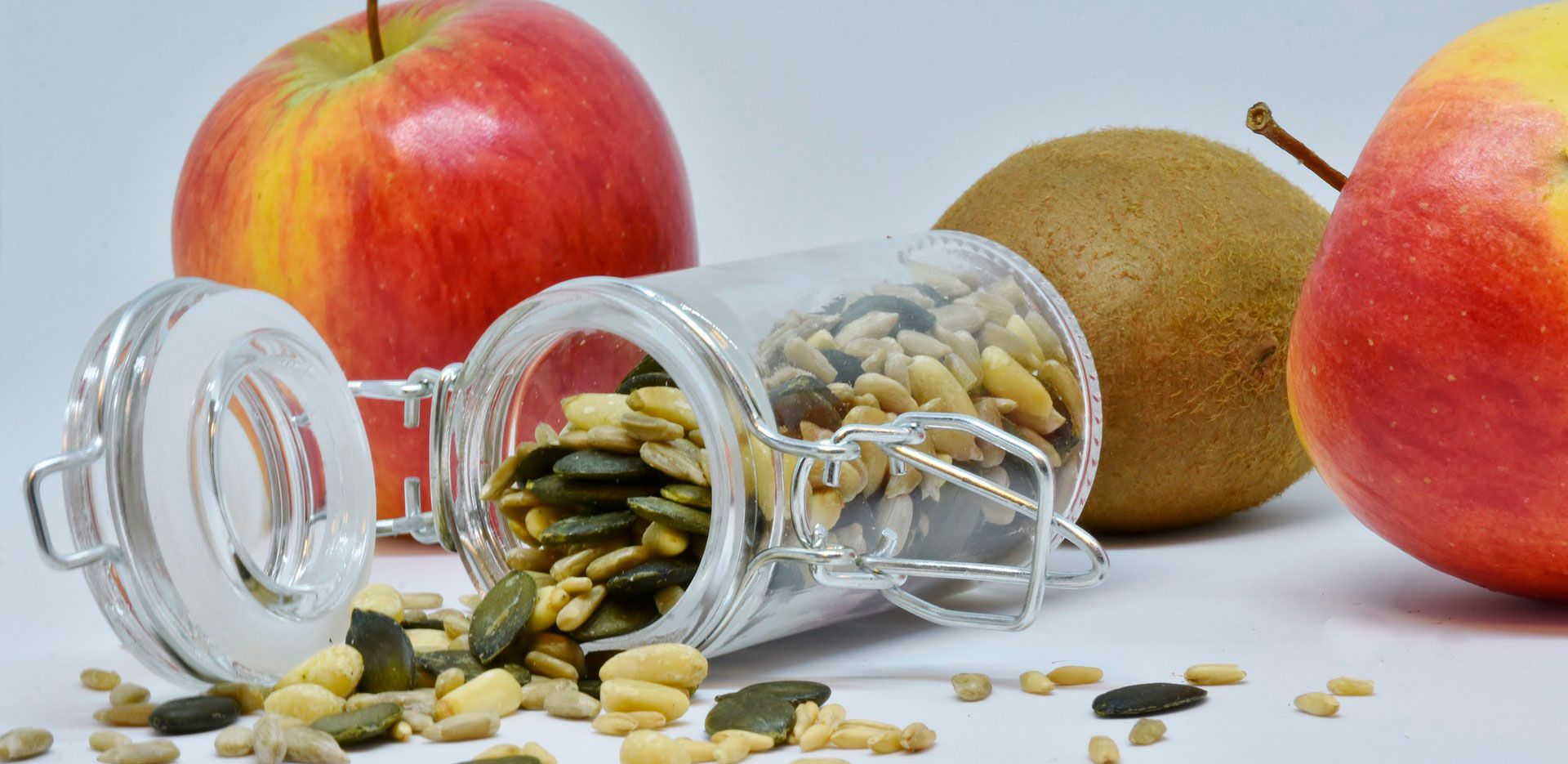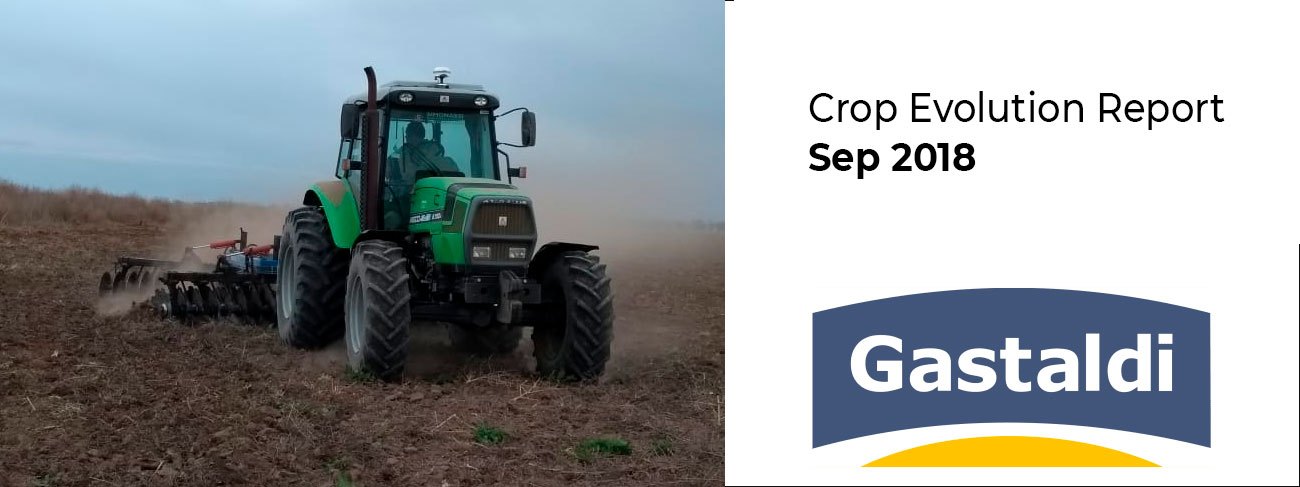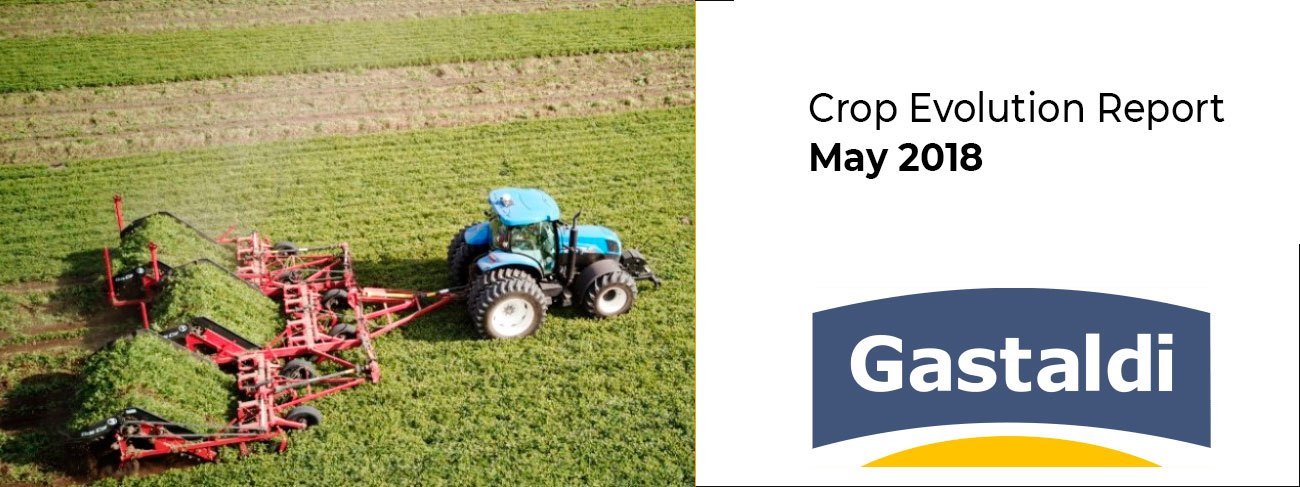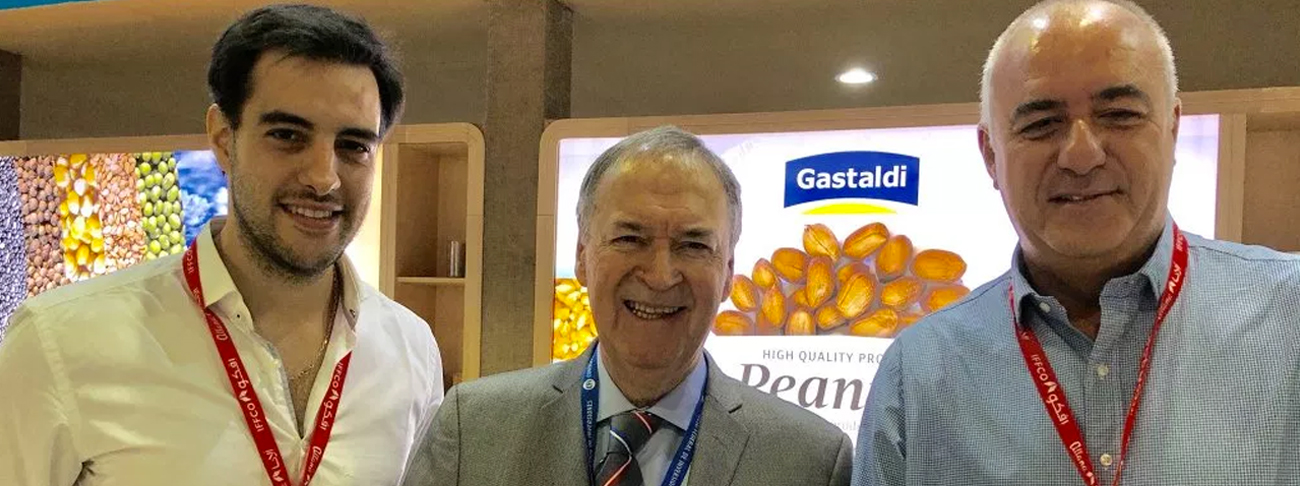- Peanuts don’t grow on trees…or bushes, for that matter. They’re legumes that grow underneath the soil. This helps make peanuts a sustainable crop because they add beneficial nitrogen to the soil and require much less water than other nuts. That’s amazing, right?
- Harvesting peanuts is a two-step process. First, a farmer drives a machine called a digger along the peanut rows. The digger pulls up the peanut plant, flips it upside down and sets it back down on the row. The peanuts dry for a few days then the farmer uses another machine called a shaker or a picker, which separates the peanut pods from the rest of the plant.
- Peanut harvest starts along the Southeastern US in September and October and can continue until November as far as west as New Mexico and Oklahoma. Peanuts have a relatively long growing season compared to many other crops, taking 140-150 days to mature before they’re ready. During harvest time, farmers want to avoid wet weather and get their peanuts off the ground before the first frost.
- Food safety is super important so peanuts aren’t usually sold directly to consumers from the farm. Many farmers can attest to the joy of eating a peanut fresh off the vine though. After harvest, farmers take their peanuts to a buying point where they’re tested and cleaned.
- US farmers can produce a lot of peanuts per acre. In 2015, farmers harvested about 4,000 pounds of peanuts per acre (1). Investments in research and responsible growing practices help peanut farmers keep their yields high.
Bonus! Farmers are tech savvy and many share peanut harvest videos and pictures on Twitter and Instagram. Do a quick search and get a first-hand look at peanut harvest.
- https://www.nass.usda.gov/Statistics_by_State/Regional_Office/Southern/includes/Publications/Crop_Releases/Monthly_Crop_Production/2016/Monthly_Crop_Production_SEPT_16.pdf
